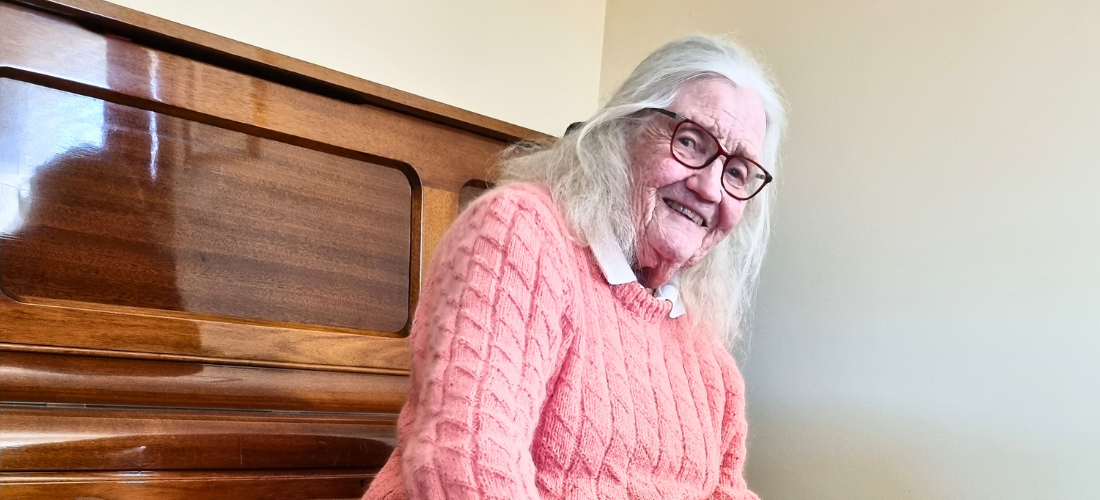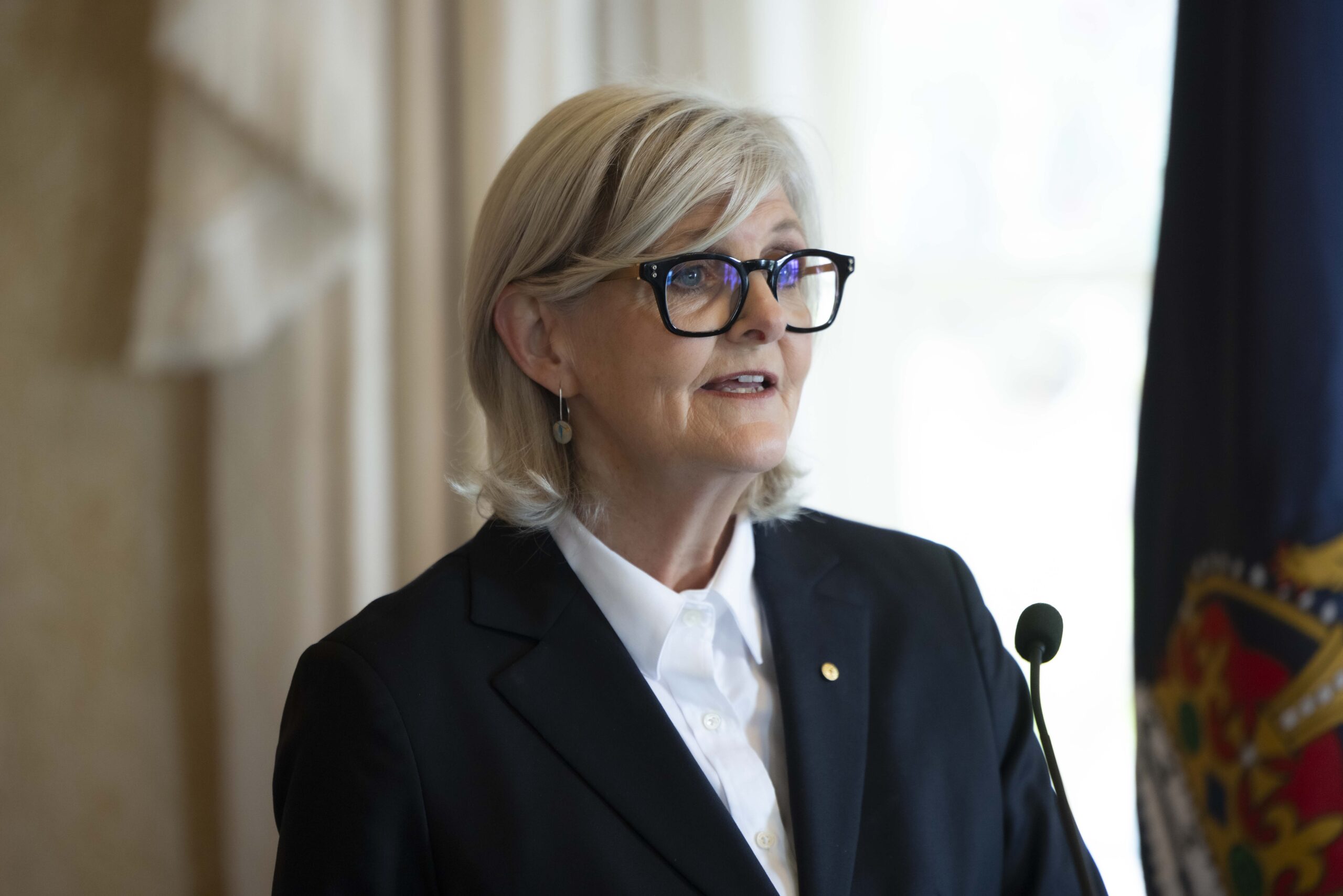Mike can’t retire because he wouldn’t be able to afford the cost of eye treatment that prevents him from going blind. And he thinks many Australians of retirement age are facing the same predicament.
More than 80,000 people receive sight-saving eye injections. Without them people risk severe vision loss and even blindness. Sadly at least 50% of people receiving treatment for age-related macular disease cease treatment within five years. Cost is one factor that contributes to people stopping their eye injections.
If 78 year-old Mike stops working, he won’t be able to afford his sight saving eye injections. So he’s faced with a choice – work until he dies or face the possibility of going blind.
Without his eye injections, he faces blindness. And without his work he can’t pay for it.
“I’ll work until they put me in a pine box,” Mike who lives in Cronulla in Sydney said.
The cost of the injections is what is preventing Mike, who’s in his late seventies, from enjoying his retirement.
Regular eye injections have maintained Mike’s vision since he was diagnosed with wet age-related macular degeneration (wet AMD) a few years ago.
Without them, Mike’s eye doctor told him he’d be blind by now.
Eye injections to treat AMD in Australia are mainly carried out by an ophthalmologist in a private setting.
Mike is out of pocket up to $350 per injection. The average patient’s out-of-pocket costs total $1900 a year – double if they receive injections in both eyes.
In MDFA’s latest report Investing to Save Sight, our economic modelling shows that if government eliminates out of pocket costs for an additional 10% of people it could save the government $442 million and patients $241 million over the next decade. And thousands more people will stick with their treatment and avoid severe vision loss or blindness.
Mike says if they reduced out of pocket costs it would make a huge difference.
“I’m not against paying something. People with two eyes that need injections shouldn’t be paying a penny.”
“All the poor sods with two eyes needing treatment are forking out 1200 bucks every time they go to get both eyes done.”
He says people are paying a fortune.
“You get some poor bugger with both eyes shot, they just cannot afford it. You’ve got to feed yourself and pay rent so they will go blind”.
Mike also says the cost of rent and food in Sydney has ‘gone through the roof’.
“Being old is not going to be a joy unless you have big bucks in the bank and most people don’t have it.”
I think it’s a tragedy, because their whole lifestyle will be gone when their eyes go black because they can’t afford eye injections.
When Mike noticed distorted vision two years ago, he booked an eye exam with his local optometrist, who immediately referred him to an ophthalmologist for urgent treatment.
Now, an injection in his right eye every 13 weeks maintains his vision, allowing him to continue driving, reading and working.
Since this sight-saving treatment arrived in Australia 15 years ago, this country has delivered the world’s best care for wet AMD.
Eye injections help many Australians retain their independence and stay in their own home, rather than rely on residential aged care.
Particularly with vital organs like eyes that will keep people out of a nursing home and in their own premises with their wife or whoever, I think it’s worth every penny they spend.
Ever optimistic, Mike says he’s lucky. He says he’s fit and his eye injections are now 13 weeks apart.
“It’s your quality of life, you can sit down and be a mushroom or be a rosebush that blossoms you know.”
More information
About Macula Month
Macula Month is MDFA’s annual campaign each May to raise awareness of macular disease – Australia’s leading cause of blindness and severe vision loss.
Currently, 80,000 Australians receive regular anti-VEGF eye injections to retain vision and prevent blindness. Since their introduction in 2007, eye injections have saved the sight of countless Australians living with neovascular AMD and diabetic macular oedema.
One in seven Australians over the age of 50 have some evidence of Age-related Macular Degeneration (AMD). This equates to approximately 1.5 million people with AMD. Current treatment is in the form of eye injections. Sadly, almost half stop treatment within five years putting them at the risk of blindness.
In 2023, MDFA recommends modest government improvements to three key areas to help people stay with their eye injection treatment path. Through improved health literacy, improved affordability, and improved accessibility to increase the number of people staying with their treatment, the government can save up to $2 billion dollars.
Our report Investing to Save Sight shows improved affordability, eliminating out of pocket costs for an additional 10% of affected people can save government, and those pensioners on treatment, hundreds of millions of dollars.
About Macular Disease Foundation Australia
MDFA is the national peak body representing the voice of the macular disease community. We are committed to reducing the incidence and impact of macular disease.
As well as advocacy on behalf of every Australian living with and at risk of macular disease, we provide a range of free resources and support services via our National Helpline (1800 111 709) and our website (www.mdfoundation.com.au).
About macular disease
Macular disease covers a range of painless conditions that affect the central retina (the macula) at the back of the eye. The most common are age-related macular degeneration (AMD), diabetic retinopathy, including diabetic macular oedema .
Diabetic eye disease affects between 300,000 and 400,000 Australians – the leading cause of preventable blindness among the working-age population.
Media contacts
- Steven McArthur, Director, Buzz Group
- Email: steven@buzzgroup.com.au
- Phone: +61 412 457 471
- Natasha Rontziokos, Communications Lead, Buzz Group
- Email: natasha@buzzgroup.com.au
- Phone: +61 421 272 390
References
PwC (2019). Impact of IVI rebate changes
Investing To Save Sight. Health and Economic Benefits of Improving Macular Disease Treatment Persistence. May 2023. This MDFA report was supported by PwC Australia.
Posted: 28 April 2023
















